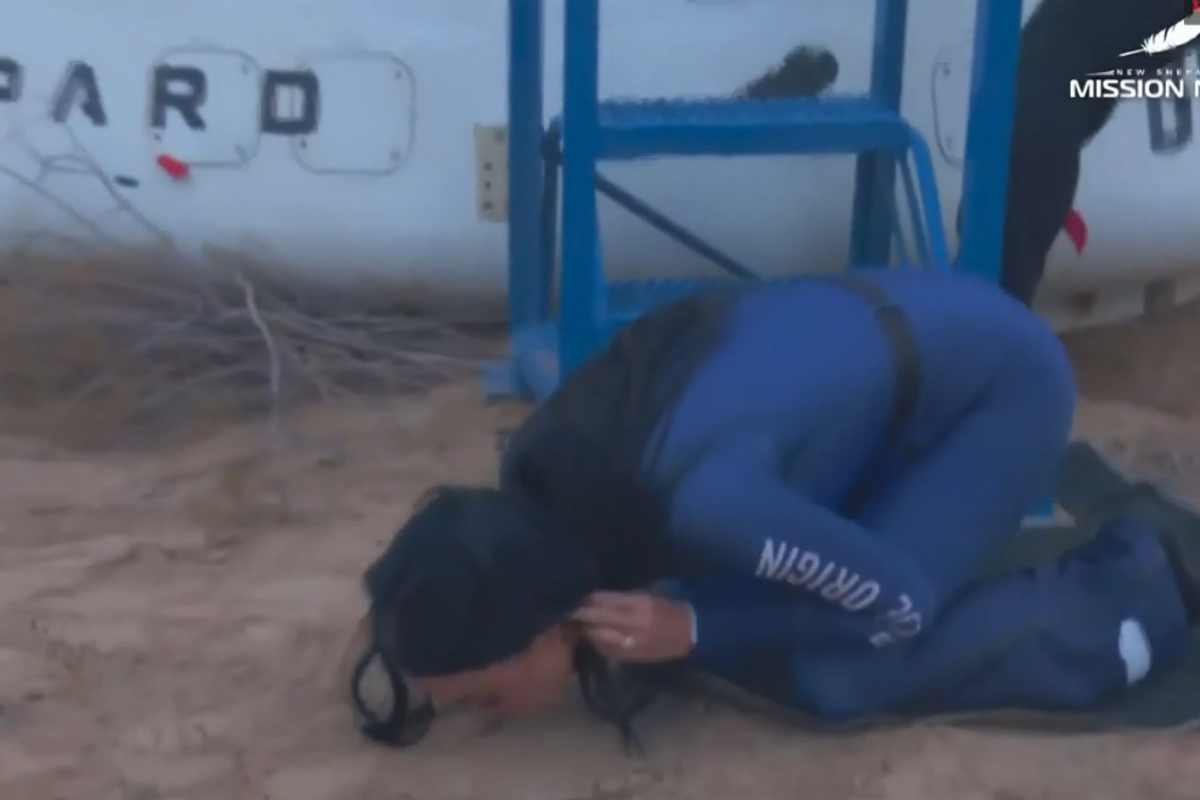Science & Tech
Gregory Robinson
Apr 09, 2025
Space : Physics Encounter With Uranus
Vintage Films by VideoNest / VideoElephant
A Uranus day just became longer.
The seventh planet from the Sun is a ice giant without a solid surface and an extremely cold temperature and a distinctive tilt, unusual magnetic field, and the surrounding its early history have made it a source of intrigue for planetary scientists.
Only one spacecraft has visited Uranus, NASA's Voyager 2, which made its historic flyby on 24 January 1986. The space probe was launched in 1977 to study the solar system’s outer planets and it was successful in collecting valuable data about the rings, moons and magnetic field of Uranus. It also provided us with the first detailed images of this fascinating, distant world.
Since that time, no other spacecraft have visited the planet. Based on the data collected by Voyager 2 around 38 years ago, experts believed that the planet’s rotation period was 17 hours, 14 minutes and 24 seconds. This estimate was based on radio signals emitted by the planet’s auroras and direct magnetic field measurements.
This figure helped scientists map the surface of Uranus, but based on a fresh analysis of data from the Hubble Space Telescope, the maps may need to be tweaked, a new study suggests.
The data from Voyager 2 and the estimates made from it came with inherent uncertainties. A team of astronomers, led by Laurent Lamy of the Paris Observatory, tracked the motion of the ice giant’s luminous auroras using data collected by the Hubble Space Telescope between 2011 and 2022. This helped researchers accurately pinpoint the planet’s magnetic poles, leading to a better estimation of its rotational period.

"The continuous observations from Hubble were crucial," Lamy said in a statement. "Without this wealth of data, it would have been impossible to detect the periodic signal with the level of accuracy we achieved."
The refined estimate will be more reliable until humans are able to get an even more detailed look at the planet through future space missions.
The research was published in a paper published in the journal Nature Astronomy.You should also read:
- New telescope images have revealed Uranus with all its rings and they are pretty amazing
- Odd things are happening on Neptune and no-one understands them
How to join the indy100's free WhatsApp channel
Sign up for our free Indy100 weekly newsletter
Have your say in our news democracy. Click the upvote icon at the top of the page to help raise this article through the indy100 rankings.
Top 100
The Conversation (0)














